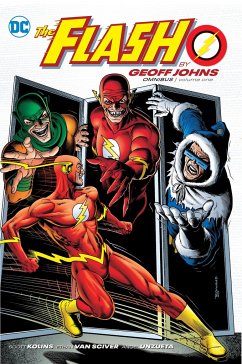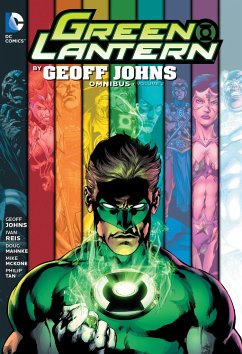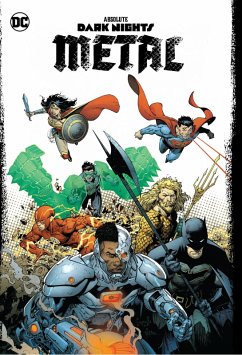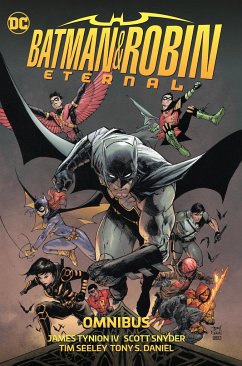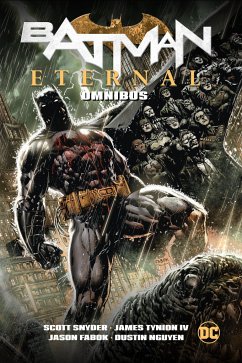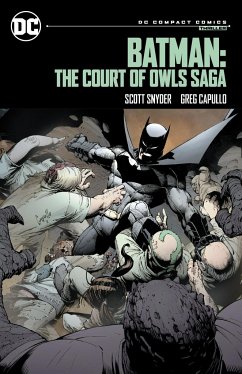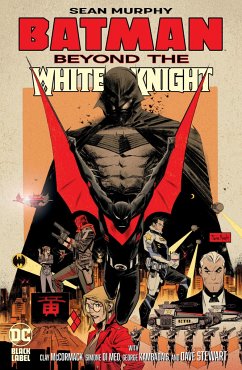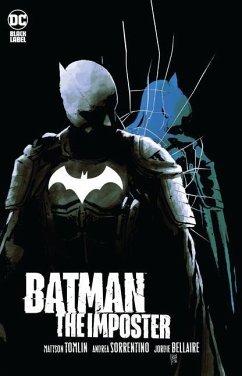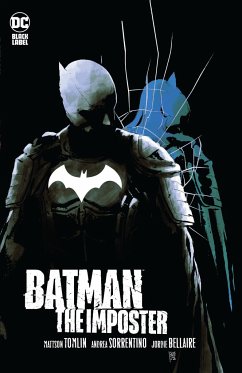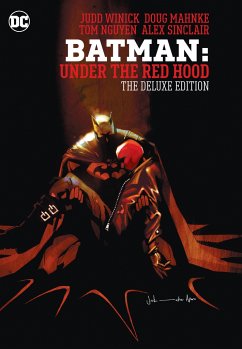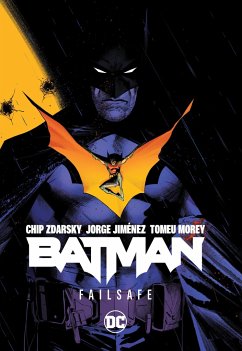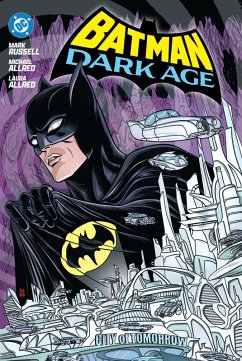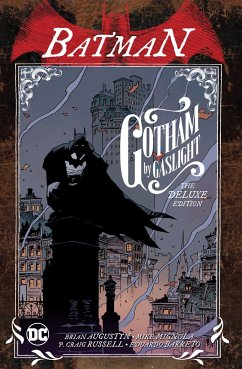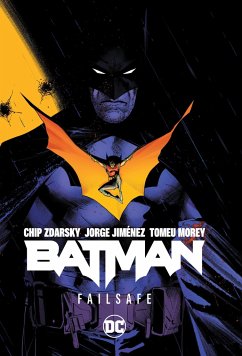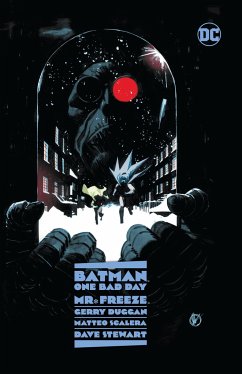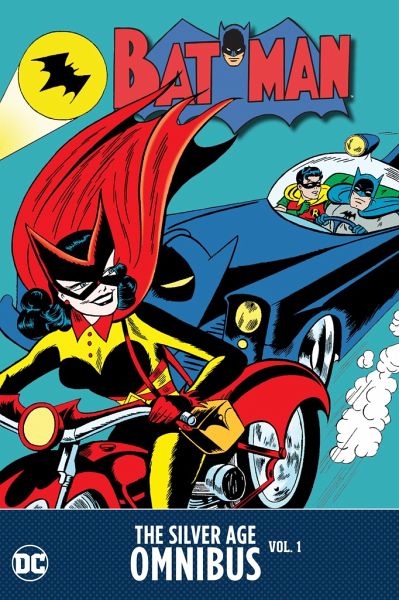
Batman: The Silver Age Omnibus Vol. 1
Versandkostenfrei!
Versandfertig in 2-4 Wochen

PAYBACK Punkte
49 °P sammeln!




The iconic tales of Batman from the classic Silver Age collected for the first time in this incredible omnibus!
Bill Finger
Produktdetails
- Verlag: DC Comics
- Seitenzahl: 728
- Erscheinungstermin: 20. Dezember 2022
- Englisch
- Abmessung: 287mm x 187mm x 43mm
- Gewicht: 2098g
- ISBN-13: 9781779515421
- ISBN-10: 1779515421
- Artikelnr.: 62812928
Herstellerkennzeichnung
Libri GmbH
Europaallee 1
36244 Bad Hersfeld
gpsr@libri.de
Für dieses Produkt wurde noch keine Bewertung abgegeben. Wir würden uns sehr freuen, wenn du die erste Bewertung schreibst!
Eine Bewertung schreiben
Eine Bewertung schreiben
Andere Kunden interessierten sich für


